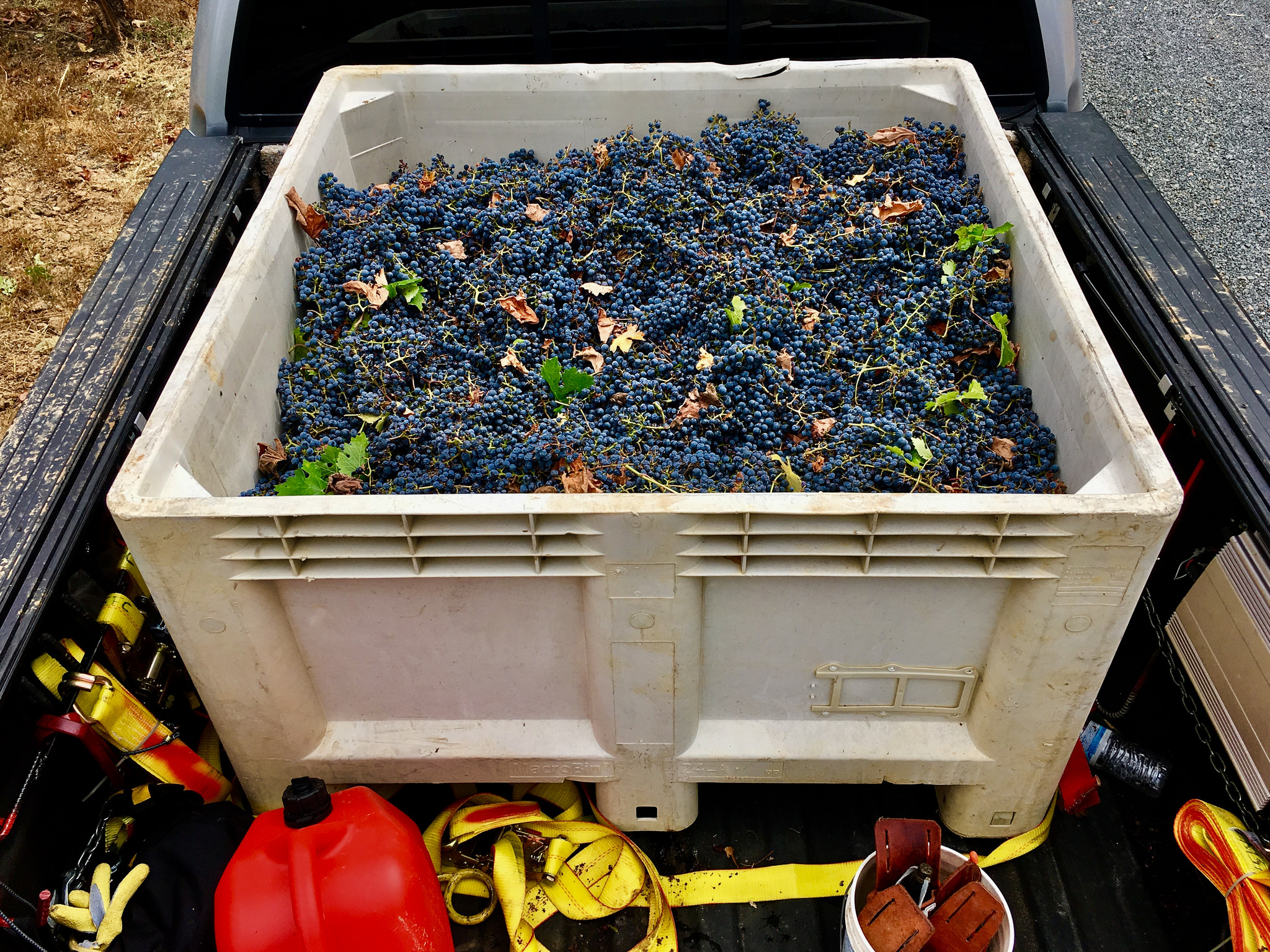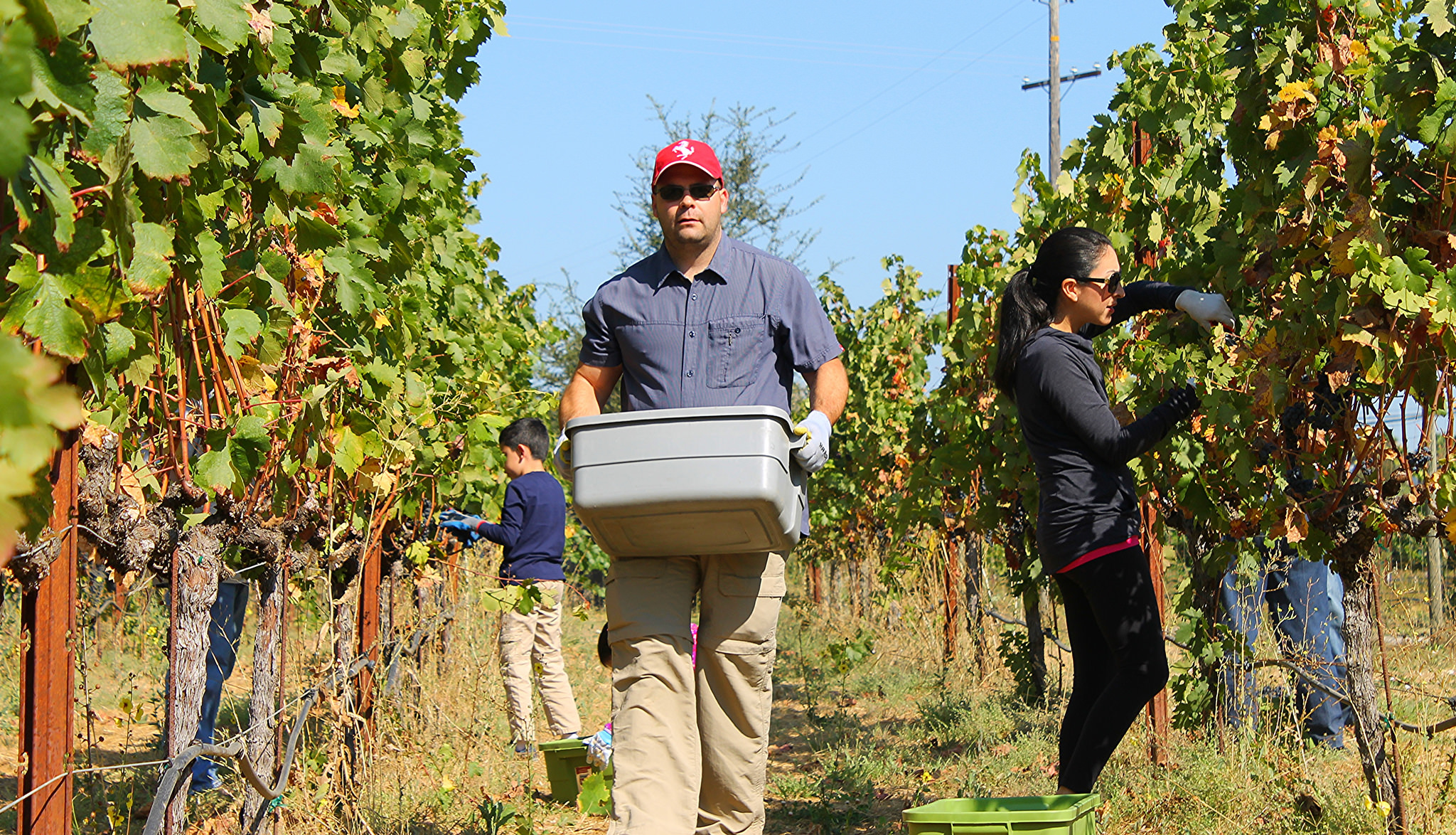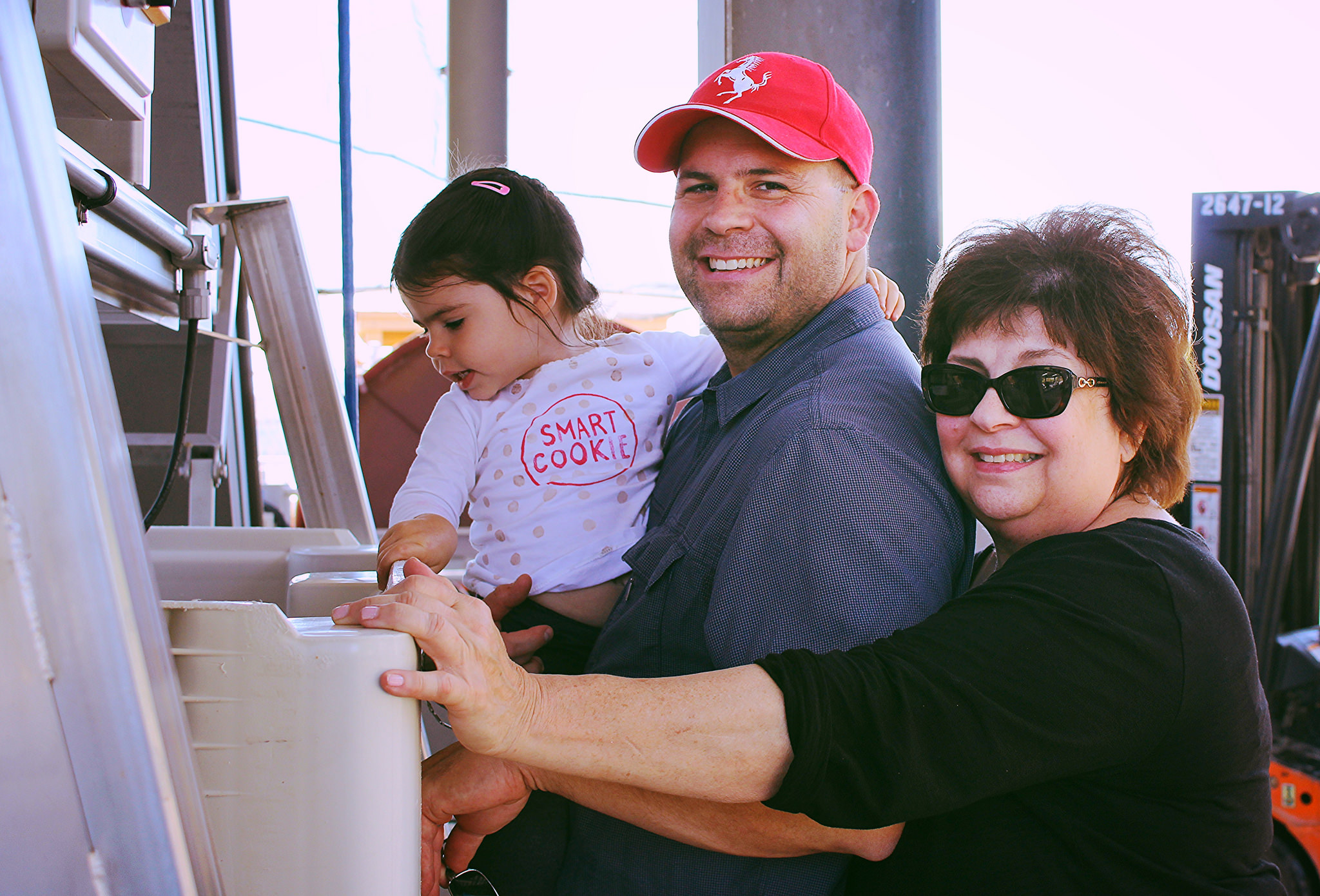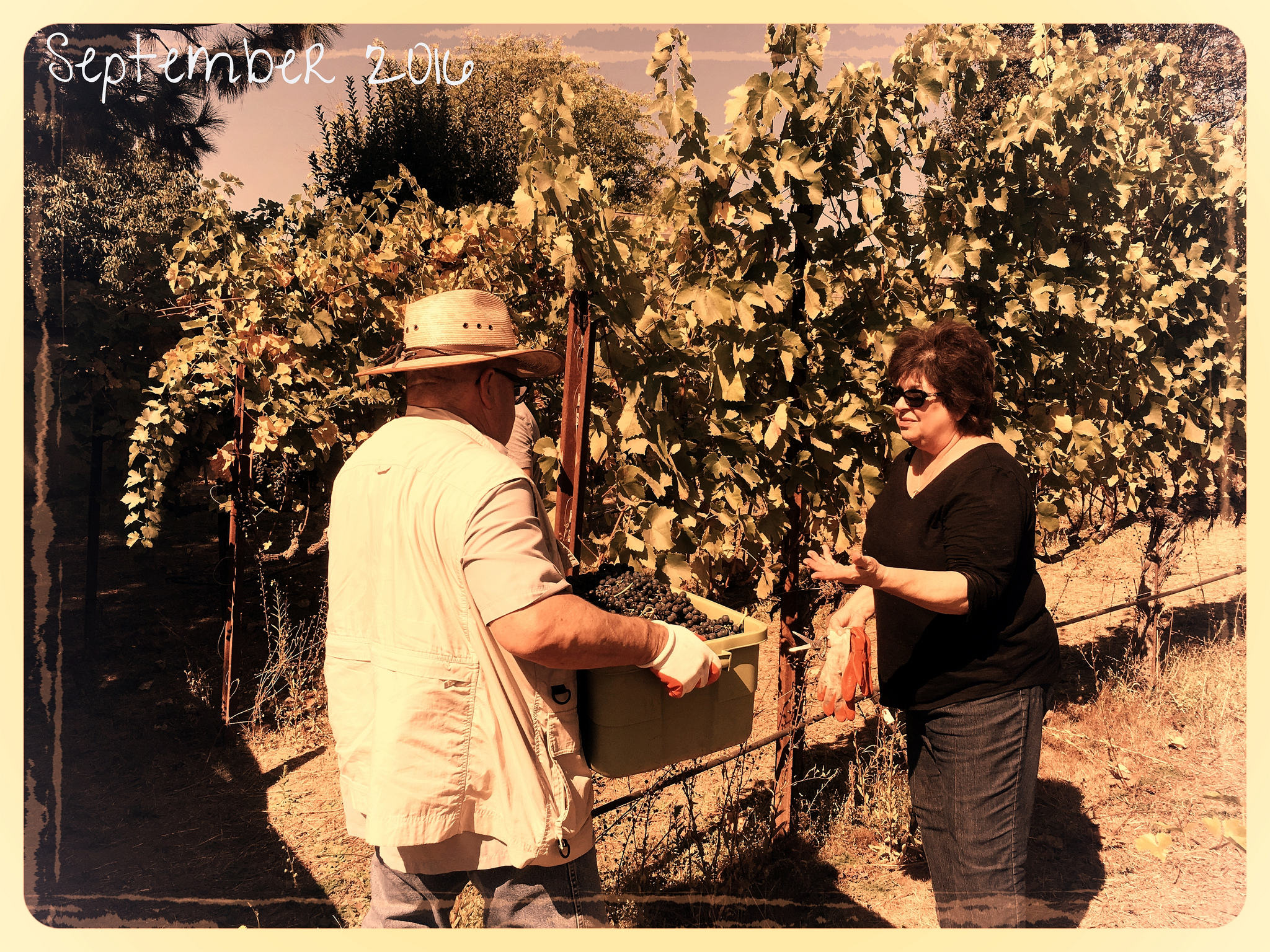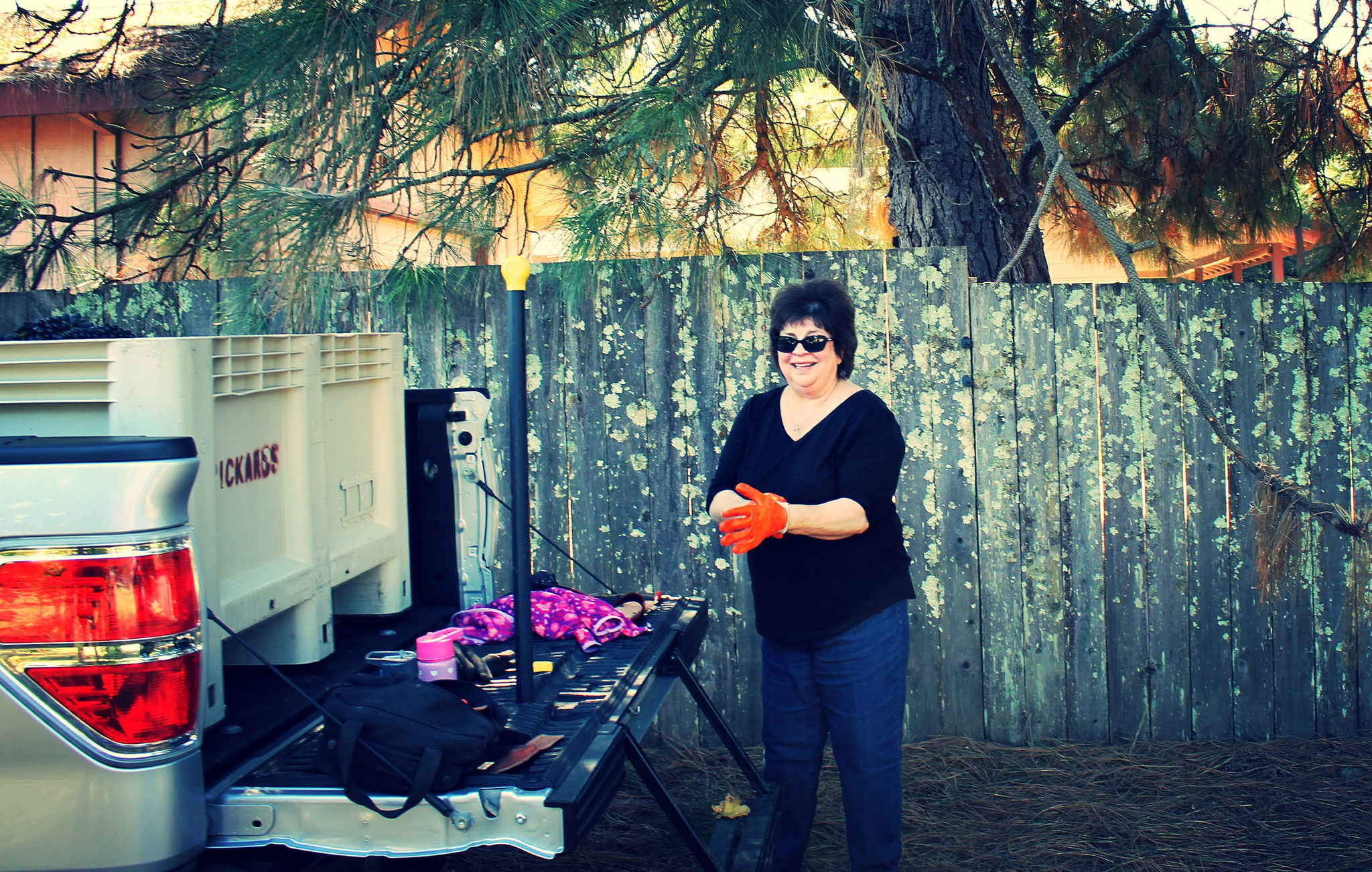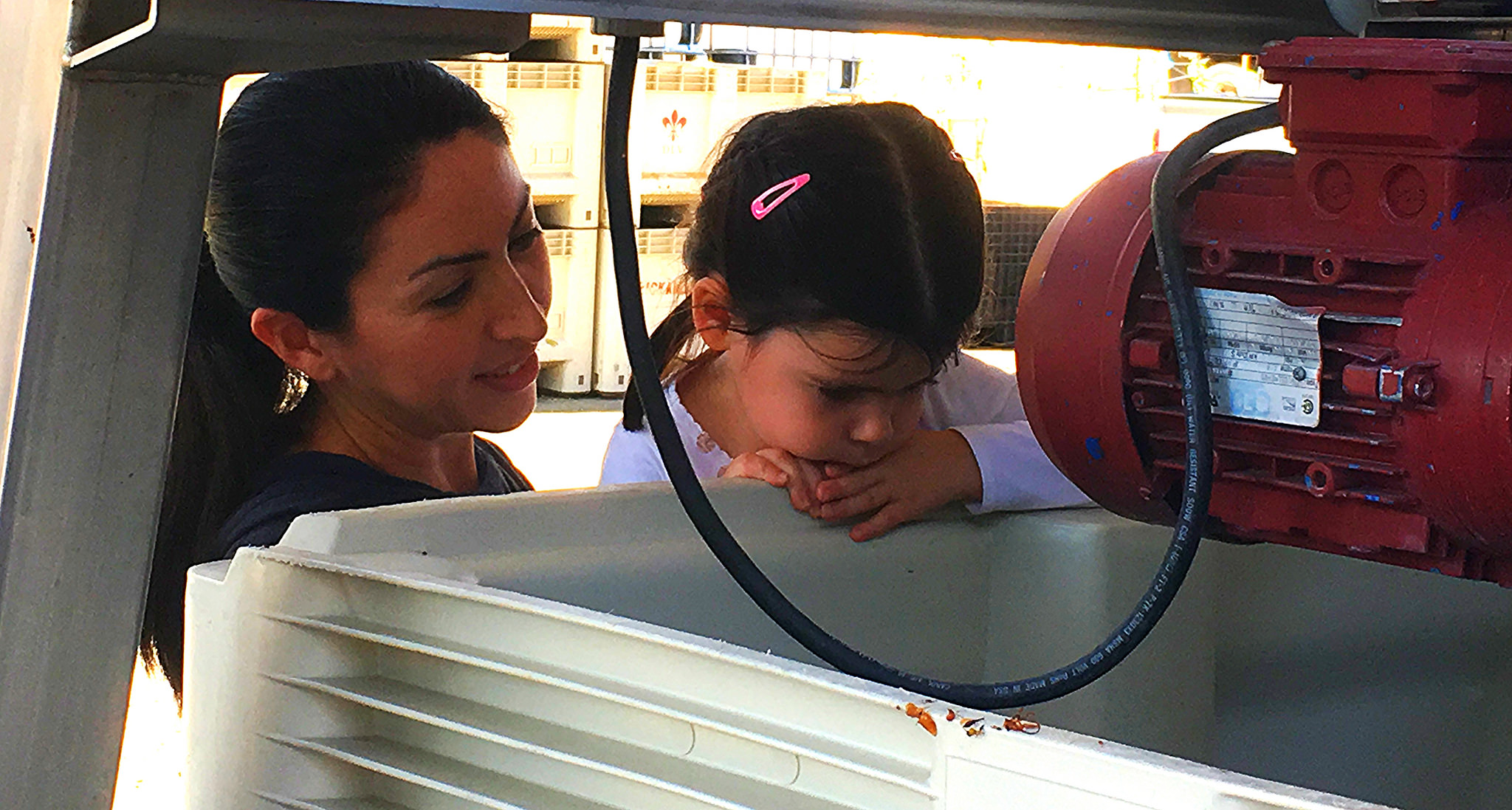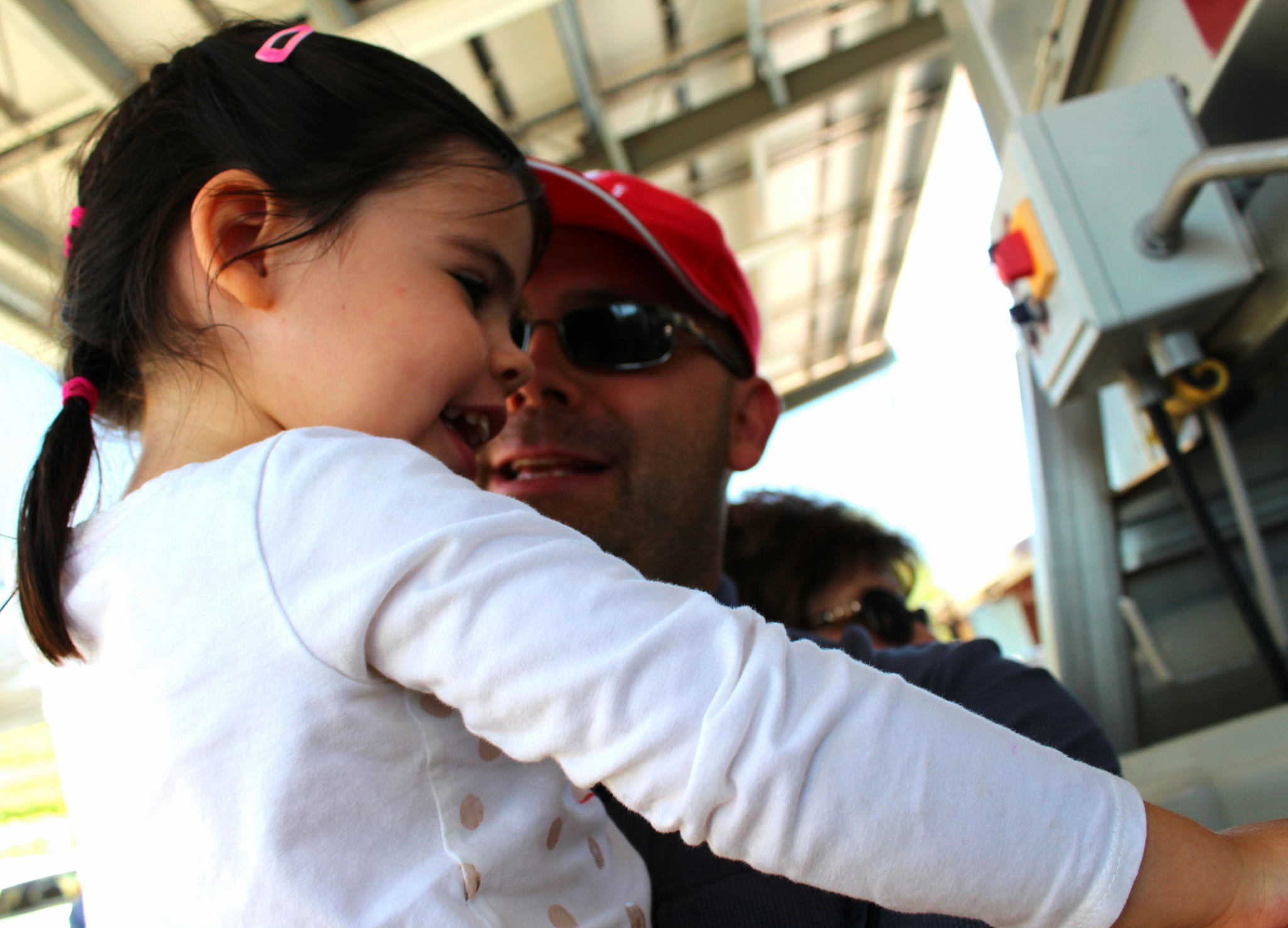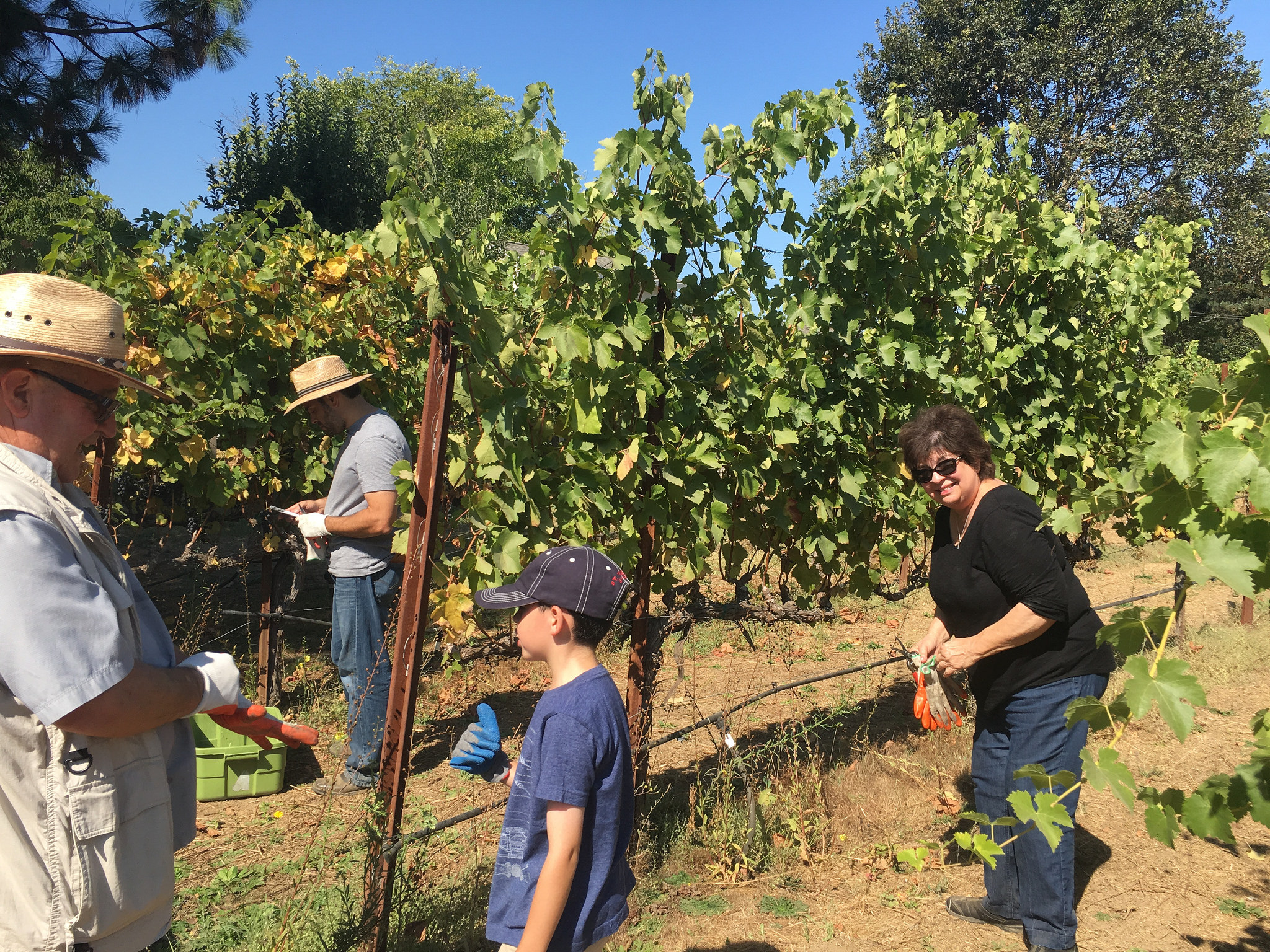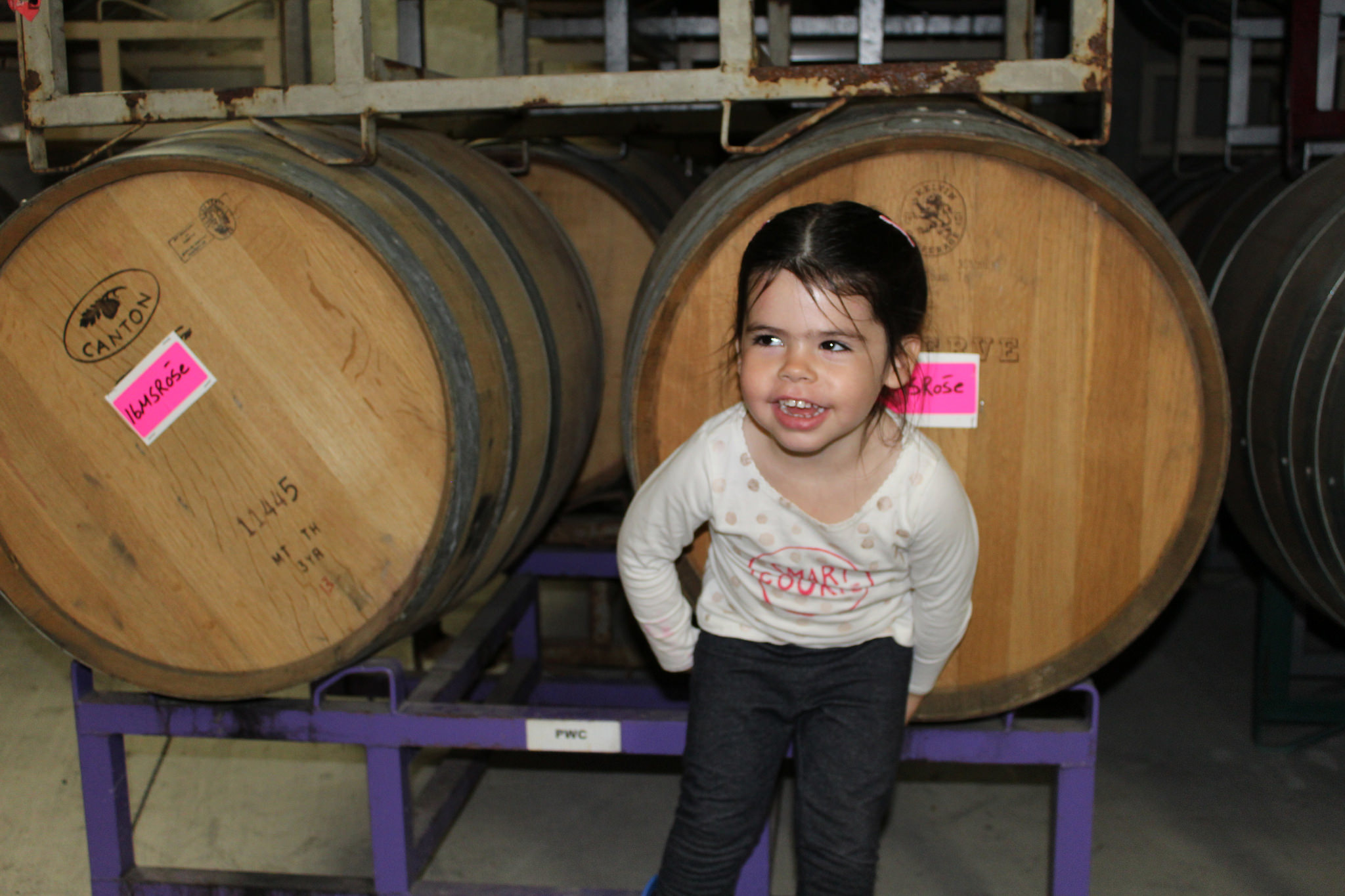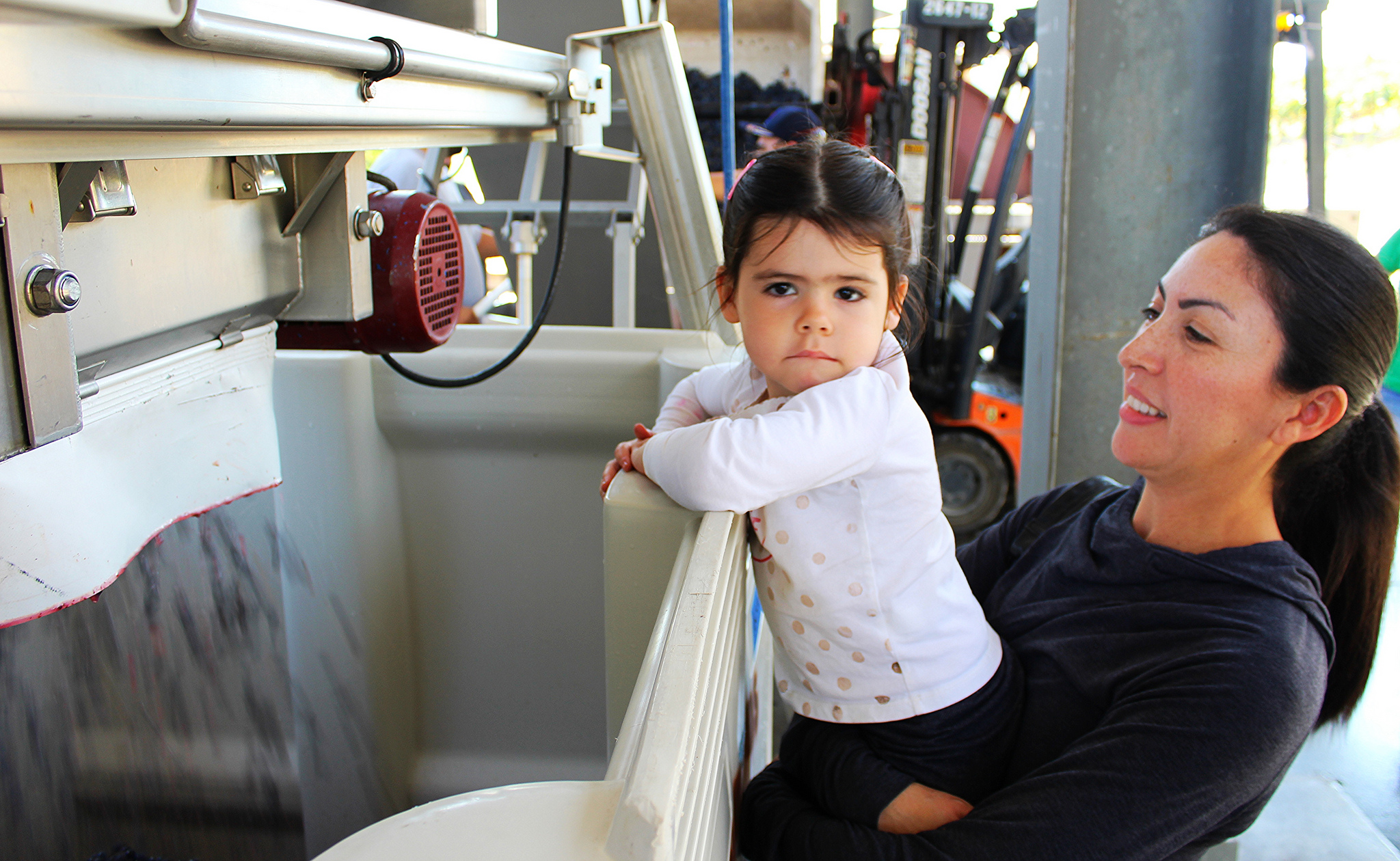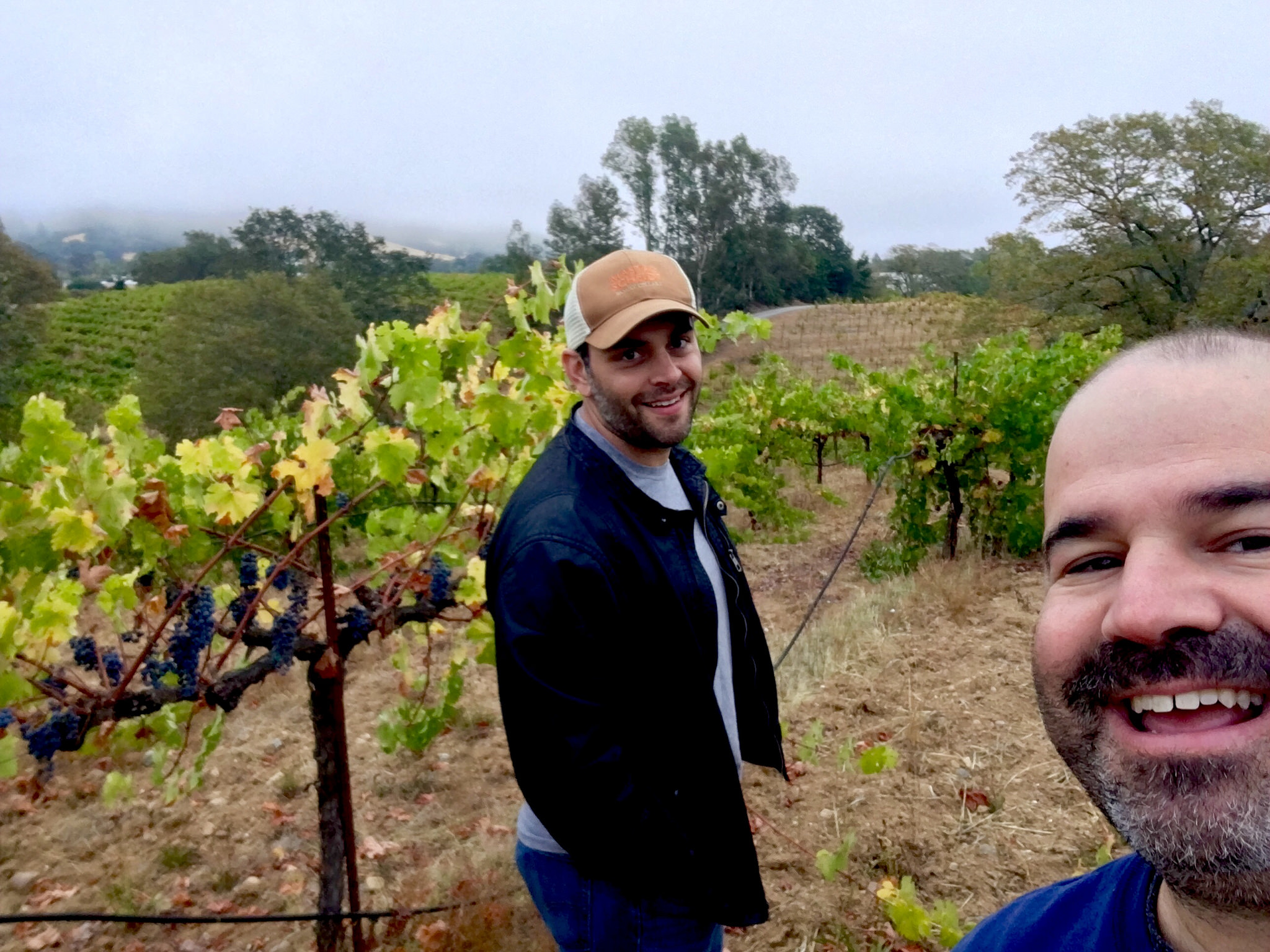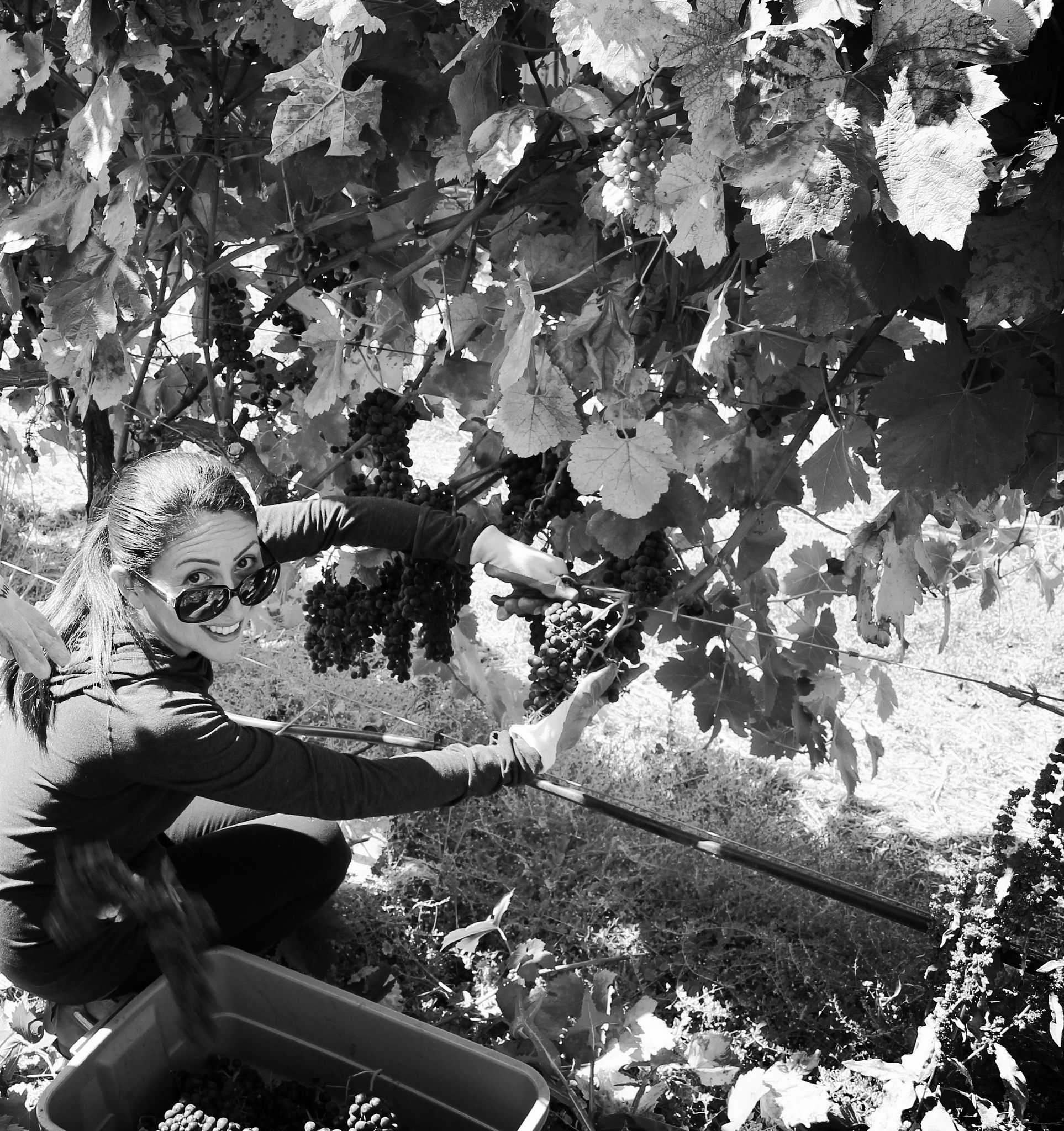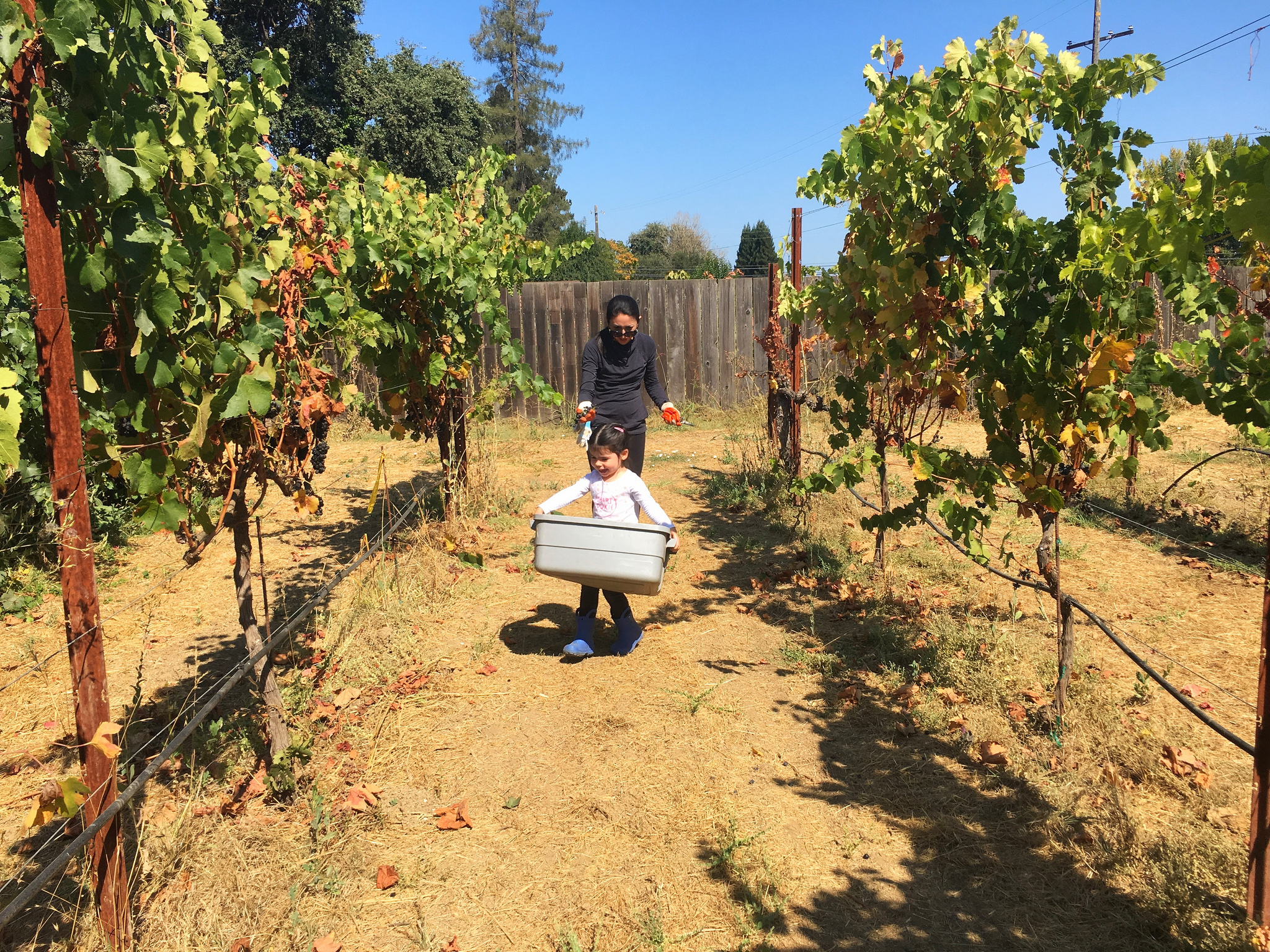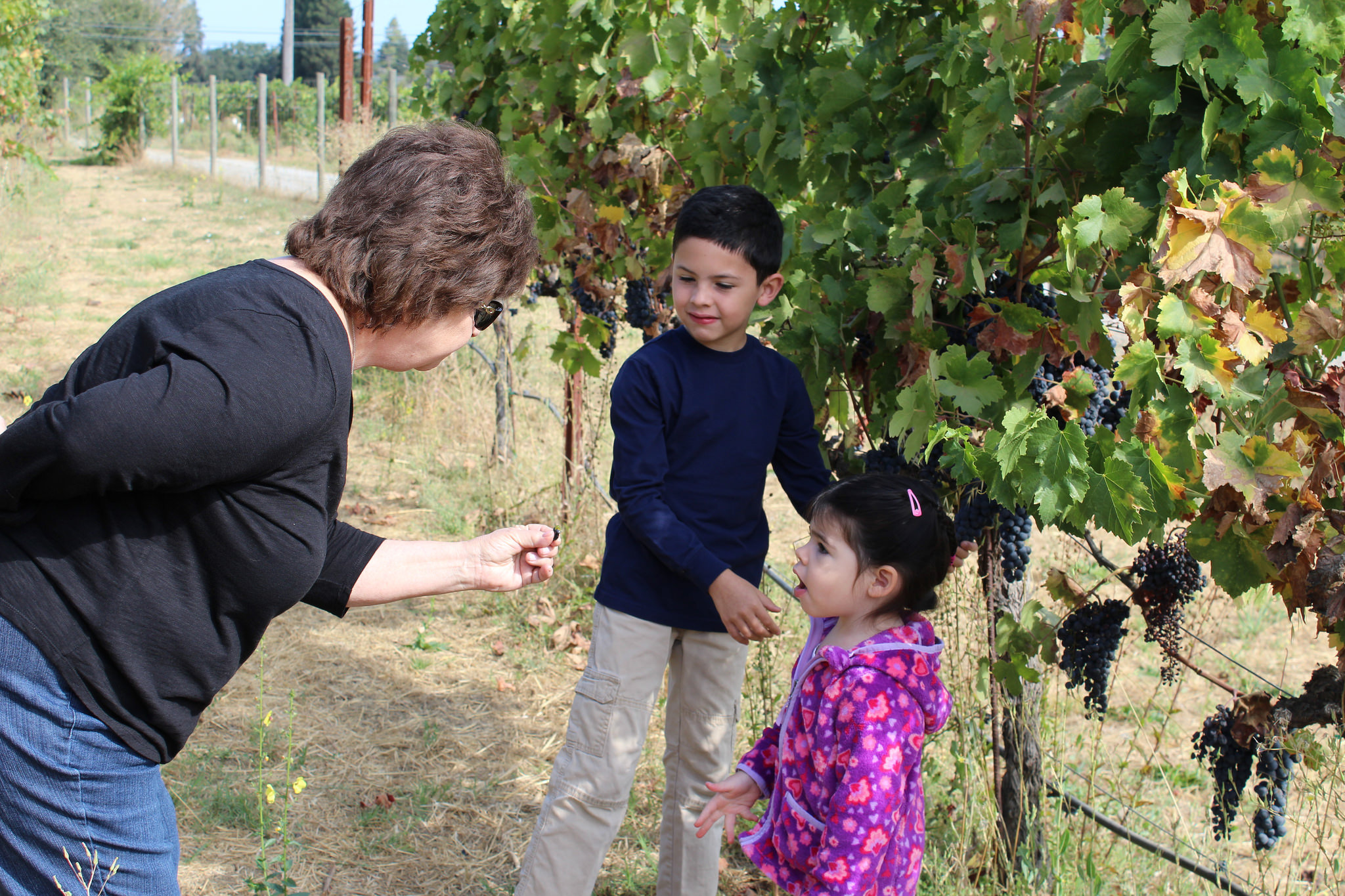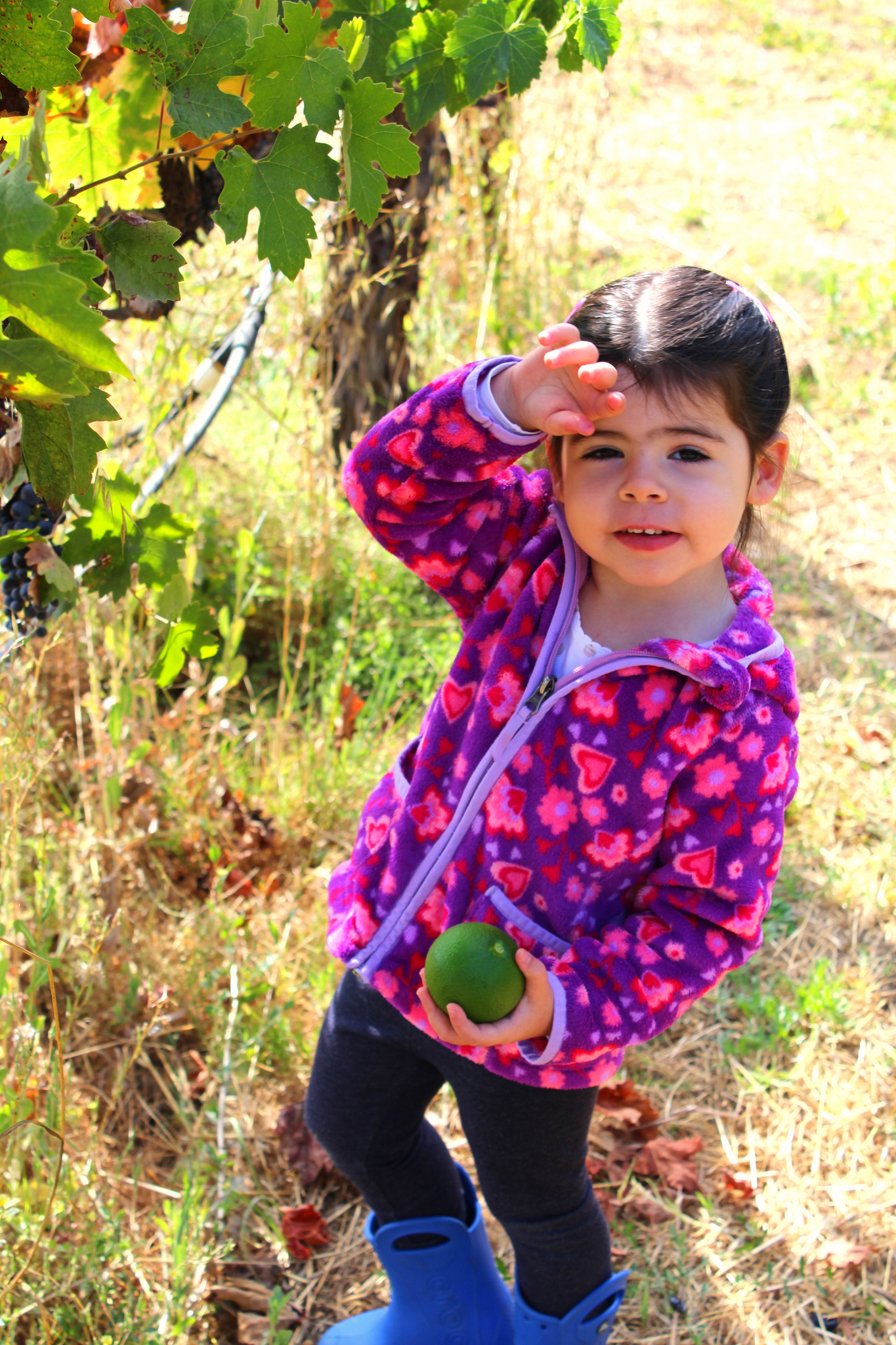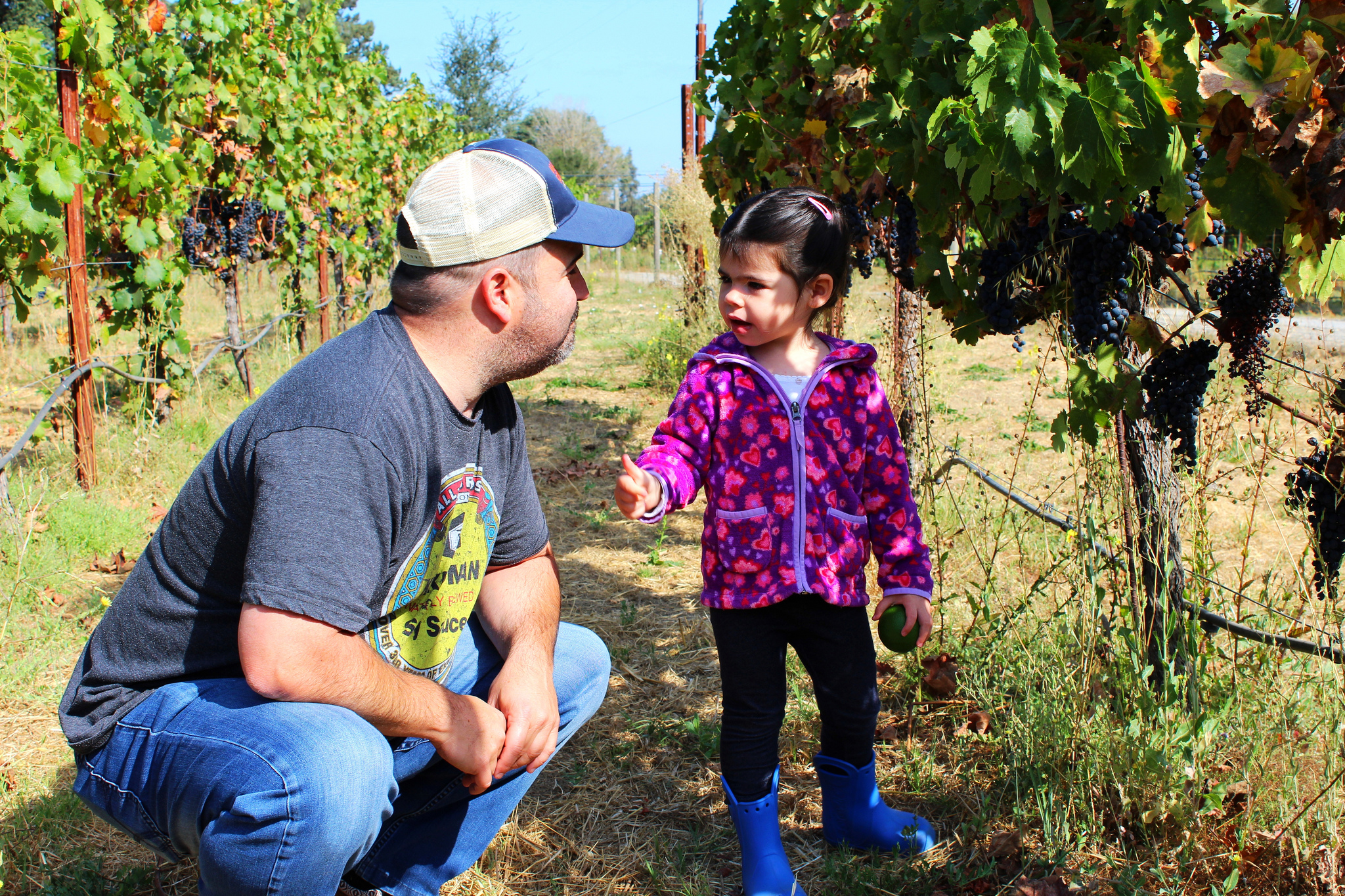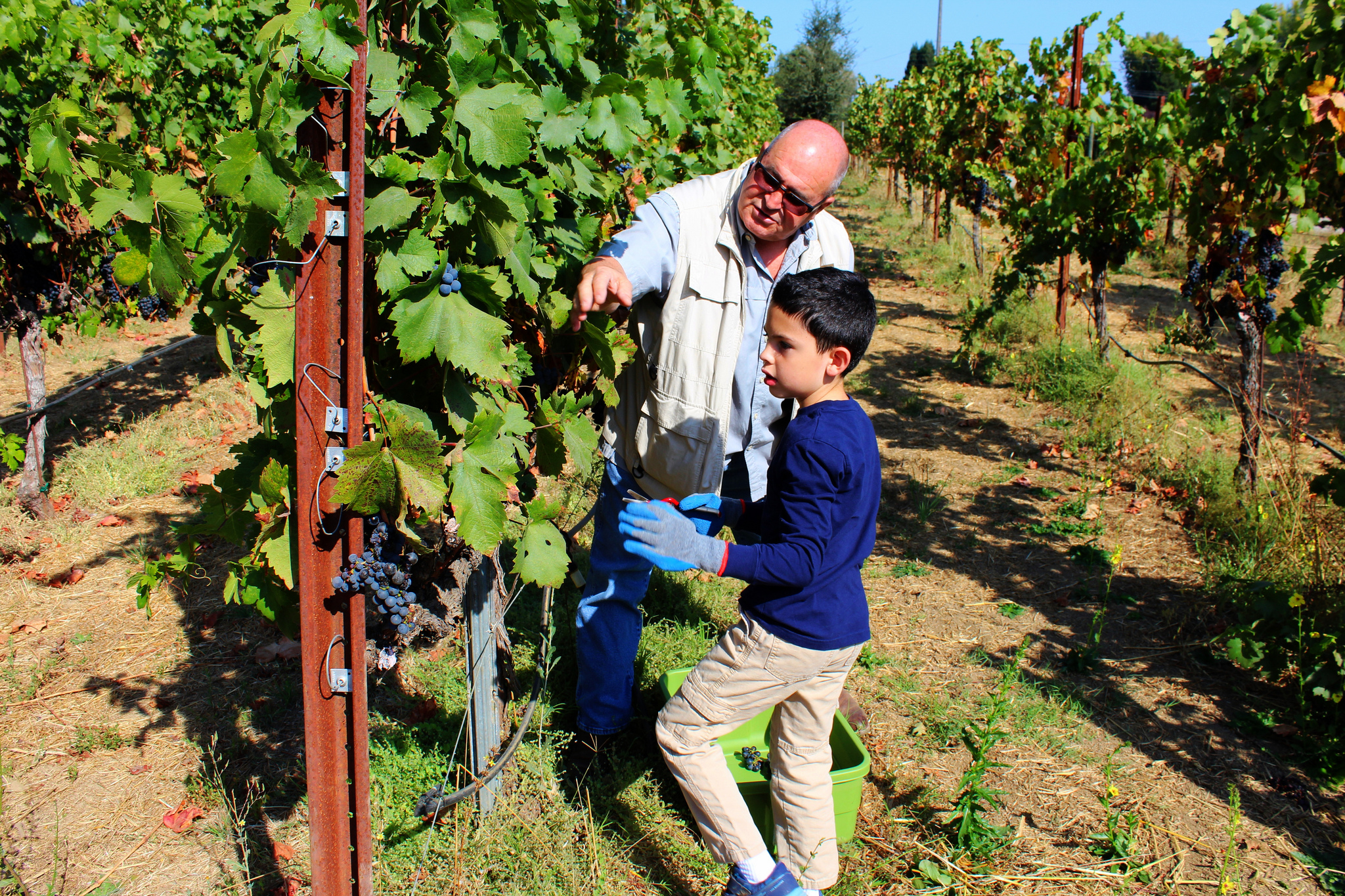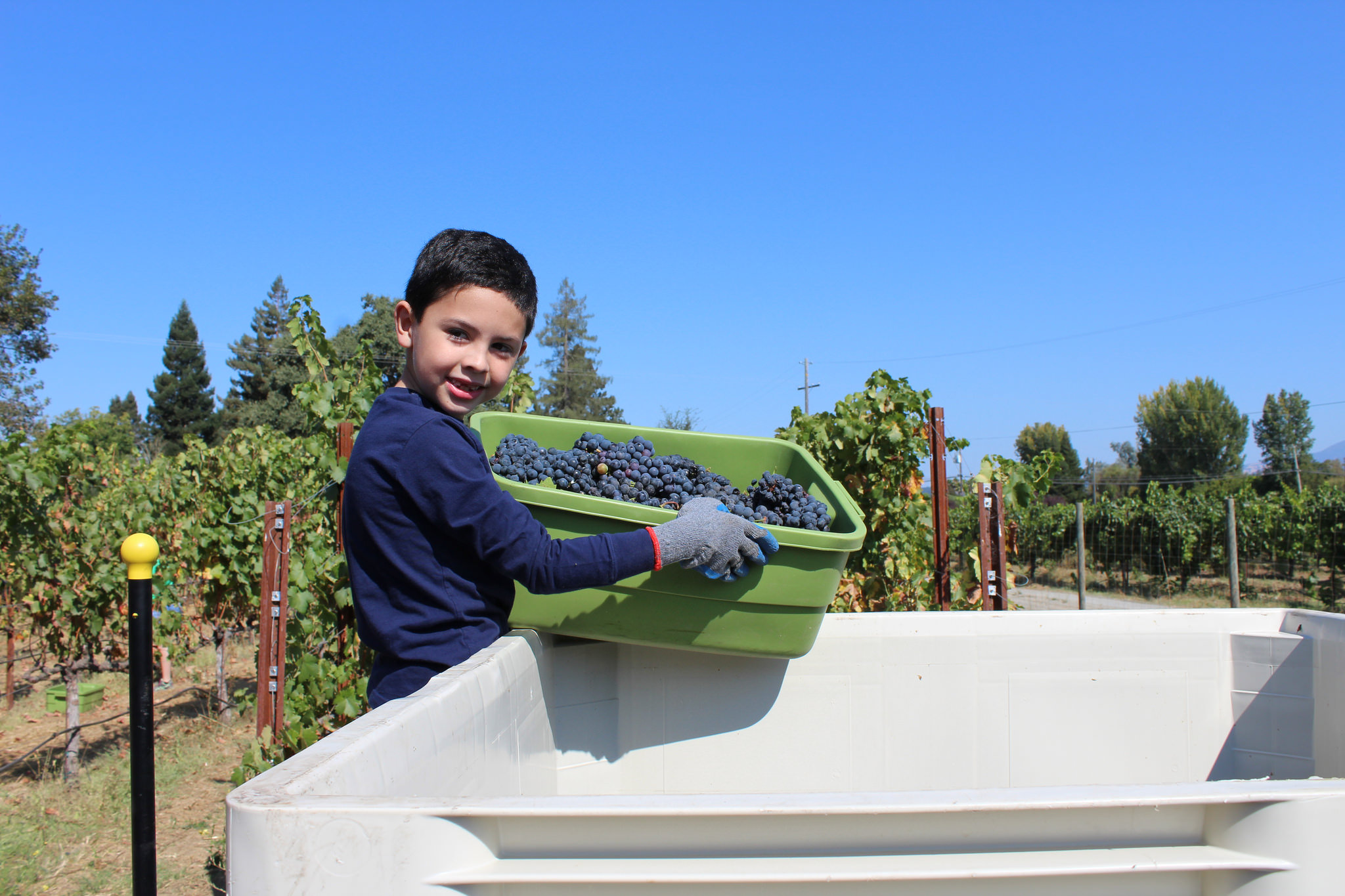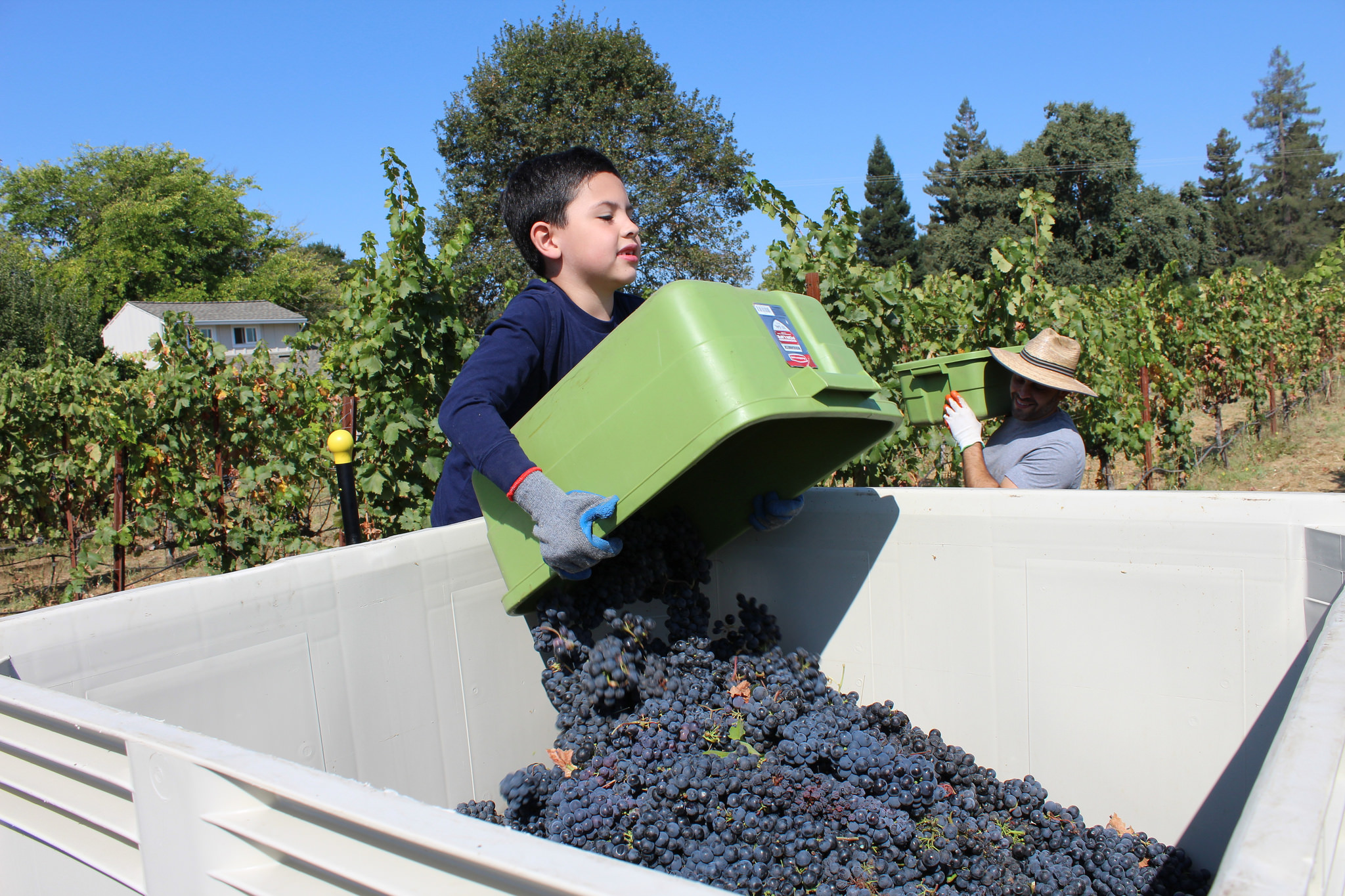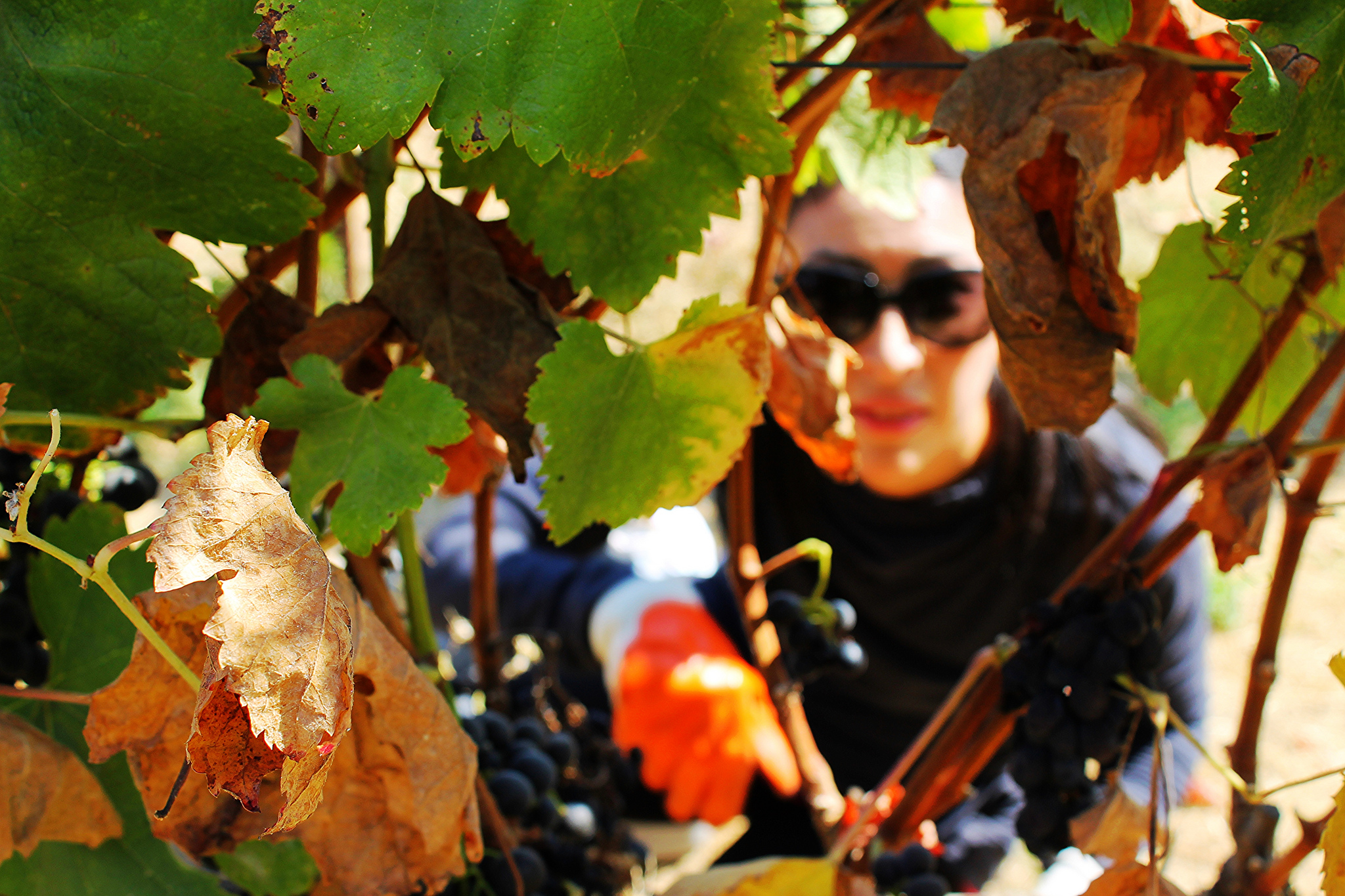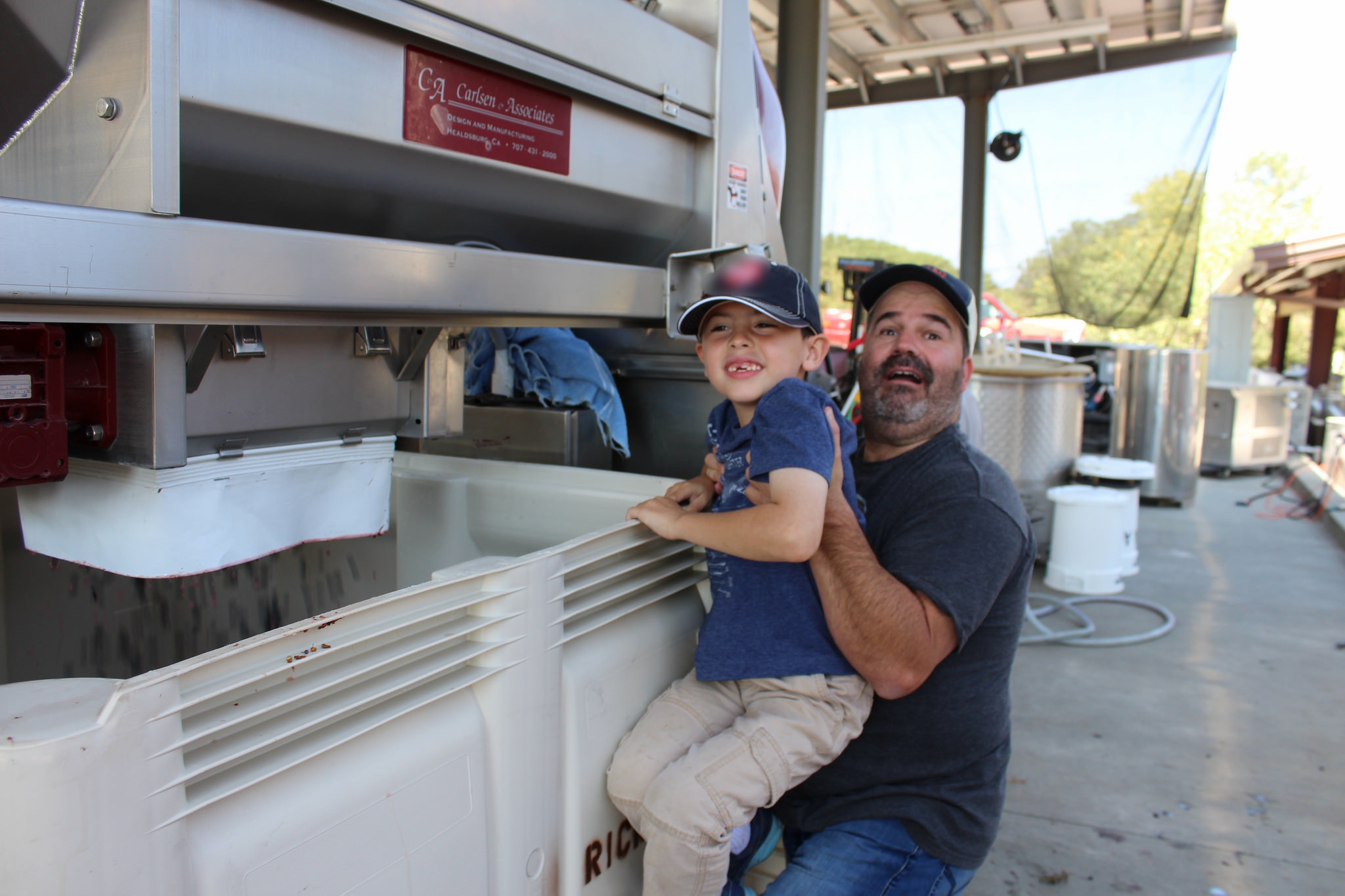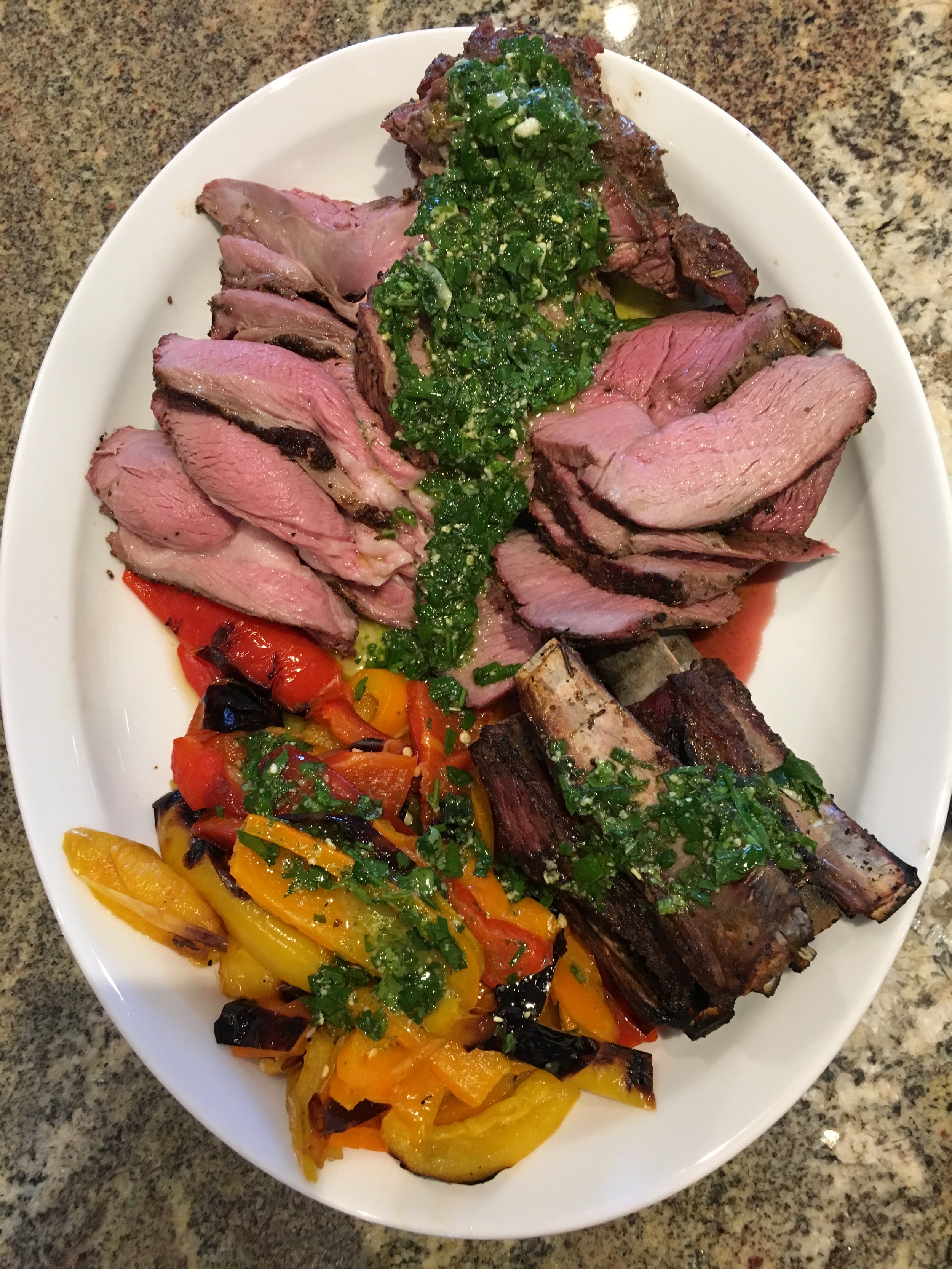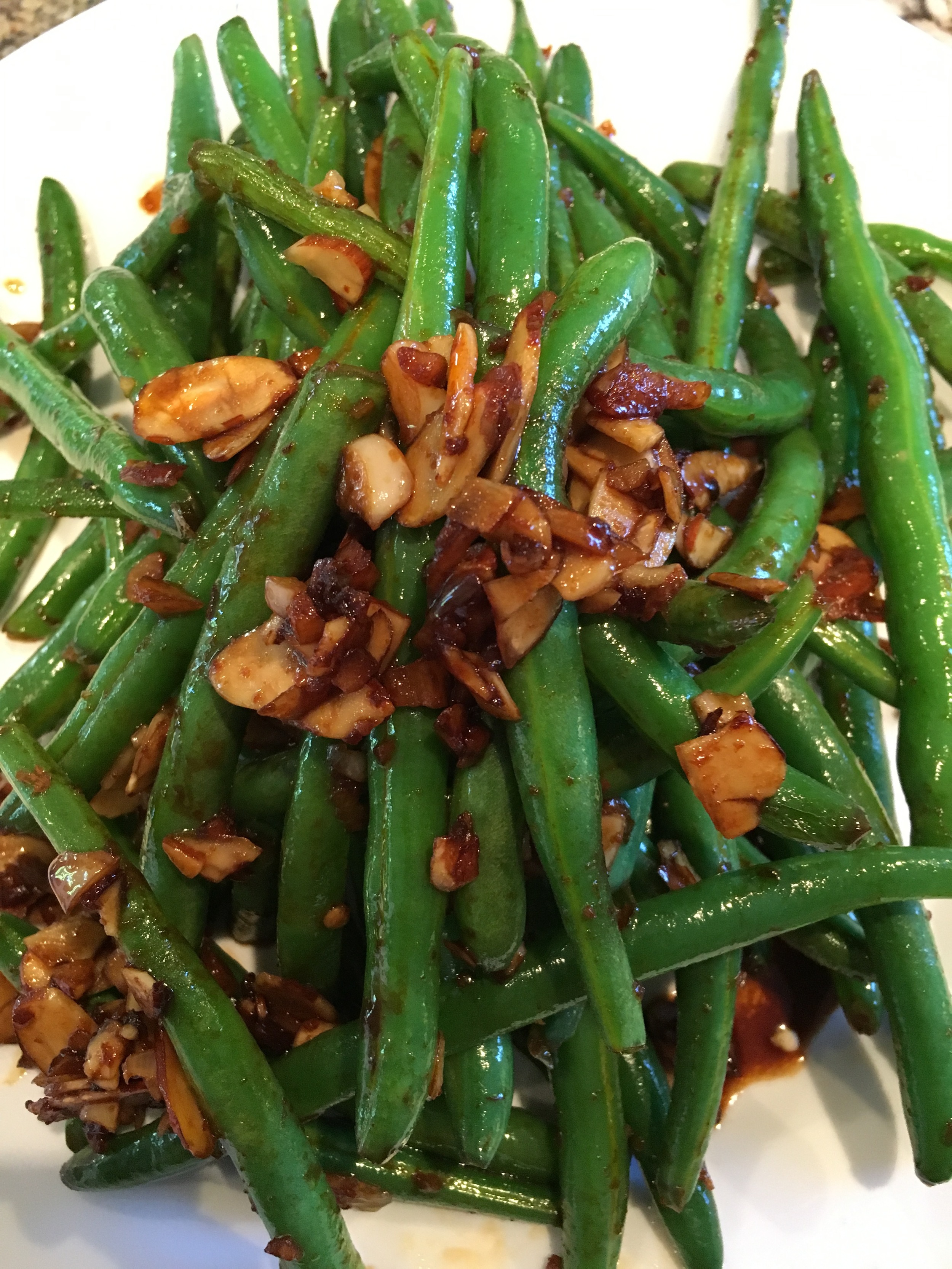Recipe for Ziti with wilted kale, collards and chili paired with Mastro Scheidt 2017 Zinfandel
This is a rift on classic orecchiette with rapini and chili from Puglia. The collards give a slightly bitter edge to the dish and the chili I used is actually a Japanese style chili rather than standard red chili flakes from the grocery store. I’ve also used Aleppo pepper for this dish. I picked my 2017 Zinfandel as another rift on Puglian/Manduria Primitivo common in the south of Italy. This is a classic pairing
4 handfuls of Ziti pasta
½ cup of fully cooked collard greens and kale
1 garlic clove, minced
1 teaspoon dried chili
Pecorino Cheese, grated
Olive oil both for a quick sauté of the garlic and chili and for dressing the finished pasta
Fully cooked collards and kale...basically put the greens in a pot with a little water, olive oil, garlic, salt, cover it for an hour on low. Done, it's not rocket science.
As the collards and kale are already fully cooked; it will take longer to cook the pasta than the sauce. About 3 minutes before your pasta is fully cooked, heat the sauté pan and add 3 tablespoons of olive oil, the garlic, chili flake to the pan and let cook for about 30 seconds; then add all your collards and kale and toss everything through and keep the pan hot
When your pasta is cooked, drain quickly and add all the pasta to the saute pan with your greens and toss everything through. Shut off the heat and garnish with a couple more splashes of uncooked olive oil and your pecorino cheese and toss through again quickly. The dish is ready to serve




